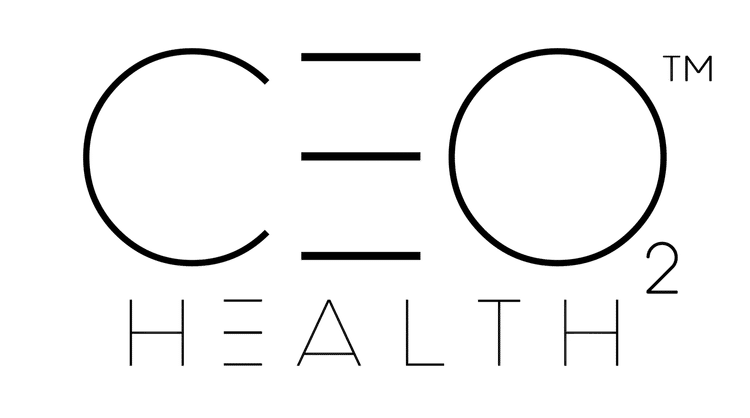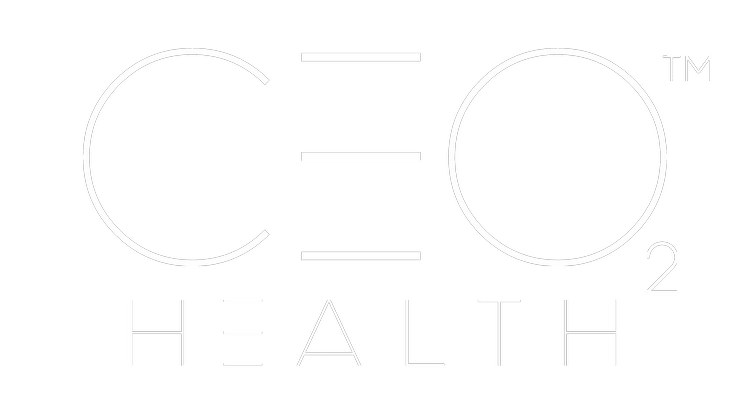
Strokes are a leading cause of disability worldwide, often leaving survivors with long-term physical, cognitive, and emotional challenges. Recovery from a stroke is a complex process that requires ongoing care and rehabilitation. While traditional therapies, such as physical therapy and speech therapy, are commonly used to aid recovery, hyperbaric oxygen therapy is gaining attention as a potential adjunct treatment. This therapy, which involves breathing pure oxygen in a pressurized chamber, is being explored for its ability to enhance neurological recovery in stroke patients.
Understanding Stroke and Its Effects
A stroke occurs when blood flow to a part of the brain is interrupted or reduced, depriving brain cells of oxygen and causing damage. There are two main types of stroke:
- Ischemic Stroke: This occurs when a blood clot blocks a vessel supplying blood to the brain, accounting for approximately 85% of all strokes.
- Hemorrhagic Stroke: This occurs when a blood vessel in the brain ruptures, leading to bleeding within or around the brain.
Regardless of the type, stroke can result in a wide range of symptoms, including paralysis, difficulty speaking, memory loss, and cognitive impairments. The extent of these symptoms depends on the location and severity of the brain damage. The goal of stroke rehabilitation is to restore as much function as possible, improve quality of life, and help the brain compensate for the damage.
How Hyperbaric Oxygen Therapy Works
Hyperbaric Oxygen Therapy involves breathing 100% oxygen in a chamber with air pressure levels that are significantly higher than normal atmospheric pressure. This increased pressure allows the oxygen to dissolve more readily into the blood plasma, enabling greater oxygen delivery to tissues throughout the body, including the brain. In stroke recovery, the brain’s ability to heal itself depends heavily on oxygen. After a stroke, damaged brain cells may become “dormant” due to a lack of oxygen but may still be salvageable with appropriate interventions. HBOT is believed to promote recovery by increasing the oxygen supply to these cells, potentially reviving damaged brain tissue and supporting neurological healing.
The Benefits of HBOT in Stroke Recovery
1. Improved Oxygen Delivery to the Brain
After a stroke, areas of the brain may be deprived of adequate oxygen, leading to cell death and impaired function. HBOT enhances the amount of oxygen available to these damaged areas, helping to promote the survival of “at-risk” brain cells. By increasing oxygen delivery, HBOT can support the body’s natural healing processes, allowing for faster recovery of neurological functions.
2. Stimulating Neuroplasticity
One of the most exciting potential benefits of HBOT for stroke patients is its role in promoting neuroplasticity. Neuroplasticity refers to the brain’s ability to reorganize itself by forming new neural connections, particularly after injury. By delivering more oxygen to the brain, HBOT can help stimulate this process, allowing the brain to adapt and compensate for areas that have been damaged by the stroke.
3. Reducing Inflammation and Swelling
In the aftermath of a stroke, inflammation and swelling in the brain can exacerbate damage and slow down recovery. HBOT has anti-inflammatory effects that can help reduce swelling around the affected areas. By decreasing inflammation, HBOT may help to minimize secondary damage and promote faster healing in the brain, ultimately aiding in stroke recovery.
4. Enhancing Blood Vessel Formation
HBOT can stimulate the process of angiogenesis, or the formation of new blood vessels. After a stroke, damaged areas of the brain may suffer from reduced blood flow, hindering recovery. By promoting the growth of new blood vessels, HBOT can improve circulation in the brain, allowing for better oxygen and nutrient delivery to damaged tissues. This process is critical for repairing brain cells and restoring function.
5. Supporting Motor Function and Cognitive Recovery
Several studies have shown that HBOT may help stroke patients regain motor function, such as movement and coordination, as well as cognitive abilities. In one study, patients with chronic stroke who underwent HBOT experienced significant improvements in motor function, memory, and executive functions. This suggests that HBOT can be an effective therapy for stroke patients who have not achieved full recovery through traditional rehabilitation alone.
HBOT as a Complementary Therapy
It’s important to note that HBOT is not a replacement for traditional stroke rehabilitation but rather a complementary therapy that can enhance the effects of other treatments. Physical therapy, occupational therapy, and speech therapy remain essential components of stroke recovery. However, by adding HBOT to a comprehensive rehabilitation plan, stroke patients may experience enhanced recovery outcomes.
HBOT is generally considered safe when administered by trained professionals, though it may not be suitable for everyone. Stroke patients considering HBOT should consult with their healthcare provider to determine if the therapy is appropriate for their individual case.

